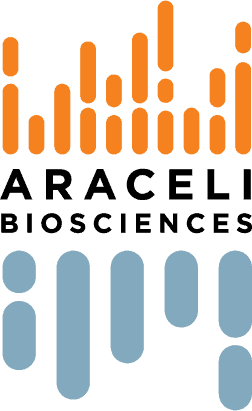Transforming high content imaging into high throughput screening: Automated end to end acquisition and analysis in <30 minutes with full well scans at submicron resolution
Tuesday, February 6th, 2:00 PM – 3:00 PM, Room 151A
By Matt Boisvert, PhD.
High content imaging (HCI) was intended as a high throughput methodology delivering subcellular information at scale, amenable to automation and large screens. Nearly 30 years on, the promise of truly high throughput high content screening remains tantalizingly out of reach. Araceli Endeavor® and Clairvoyance™ close this gap. This talk discusses the implementation of Araceli Endeavor®, an instrument designed to image 96-, 384-, and 1536- well high content plates in under 10 minutes/plate without compromising resolution or coverage, paired with analysis in Araceli Clairvoyance™, matching those speeds with a combination of AI, machine vision and traditional analysis techniques, yielding bona fide high throughput HCI. We demonstrate this throughput, with 48+ plates imaged and analyzed in a single workday with full well coverage, capturing ~85% of the well area at submicron resolution, with 0.27µm/pixel. In combination with automation such as our Araceli EndeavorGT® system, this can be leveraged to image and analyze a screen with hundreds of thousands of compounds in a matter of hours instead of days or weeks, without compromising quality. We use real-world examples with translocation and autophagy assays to highlight how Endeavor’s full well datasets can eliminate variability, and discuss how this wealth of data is needed to refine machine learning algorithms. Looking at the example of double strand break quantification in a genotoxicity assay, we demonstrate the necessity of its submicron resolution in ensuring assay success. We further discuss how our first in class quality control algorithms can be utilized in a production line to assess sample quality before staining, in addition to ensuring only quality data is analyzed after assay acquisition. Using several distinct, well-characterized assays, we demonstrate end to end HCI workflows, delivering results from plate to analyzed data in under 30 minutes. As part of this validation we examine the same biological endpoint, autophagy, through two different modalities, arriving at the same results, showing assay reliability and consistency. Overall, this talk presents a biologically validated, automation friendly, end to end workflow that takes HCI into the high throughput space.


